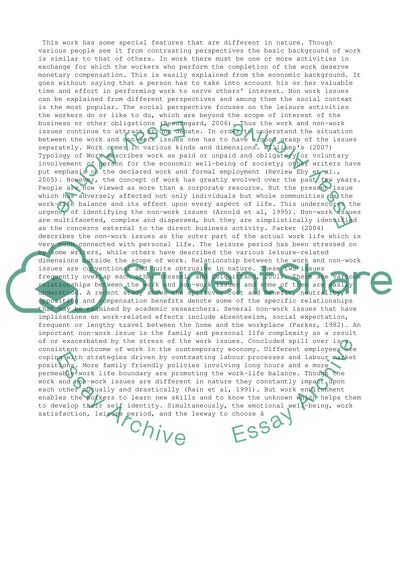Cite this document
(“Work and Non-work Balance Essay Example | Topics and Well Written Essays - 2250 words”, n.d.)
Retrieved from https://studentshare.org/management/1402308-work-and-society
Retrieved from https://studentshare.org/management/1402308-work-and-society
(Work and Non-Work Balance Essay Example | Topics and Well Written Essays - 2250 Words)
https://studentshare.org/management/1402308-work-and-society.
https://studentshare.org/management/1402308-work-and-society.
“Work and Non-Work Balance Essay Example | Topics and Well Written Essays - 2250 Words”, n.d. https://studentshare.org/management/1402308-work-and-society.


